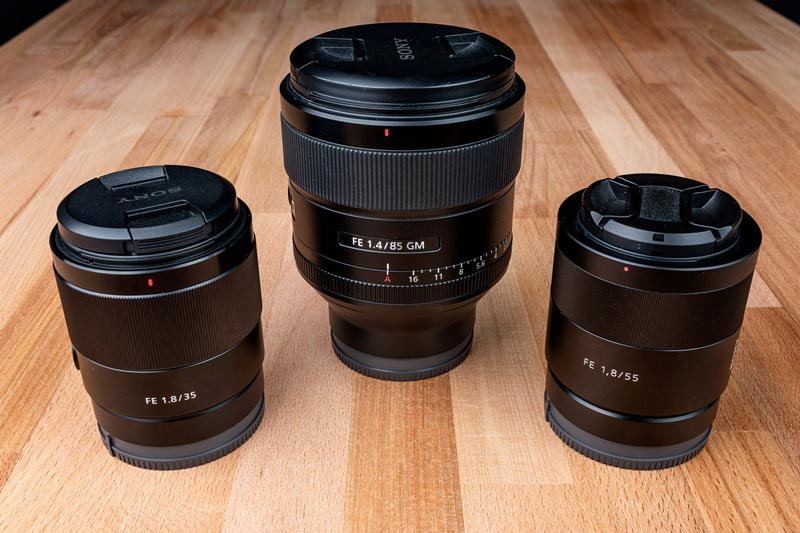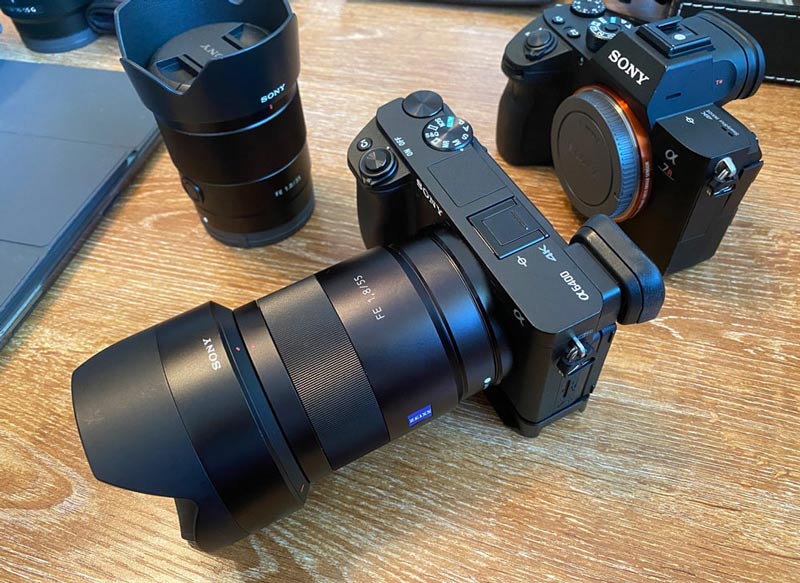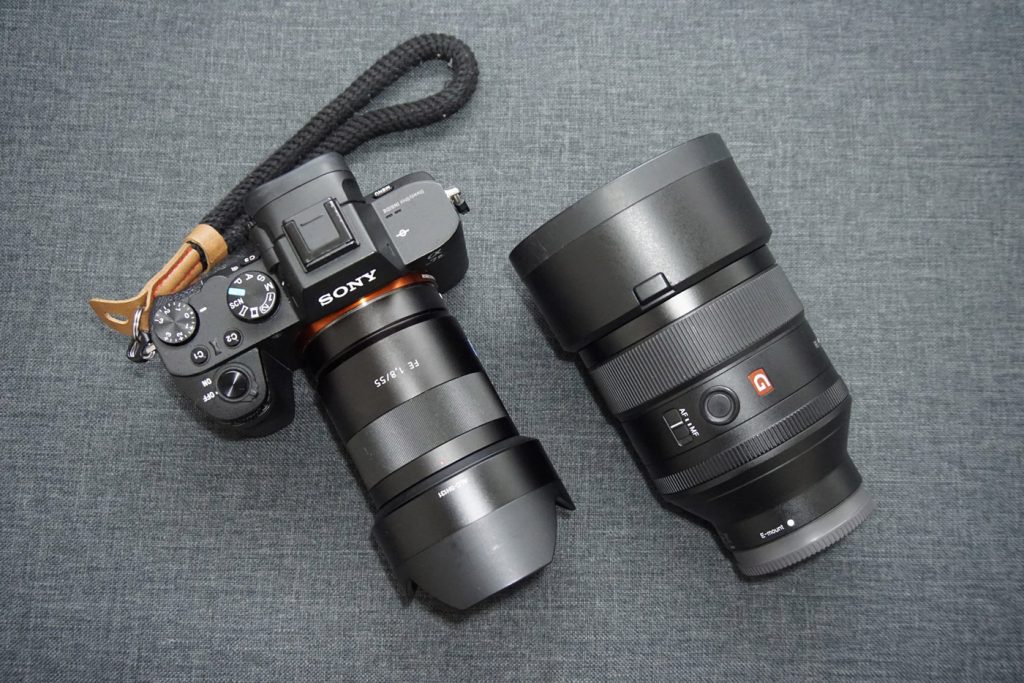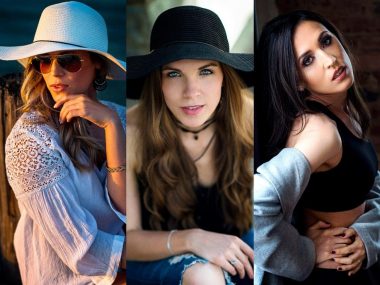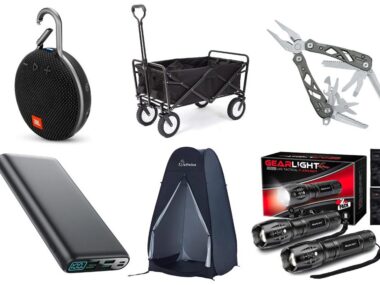You just bought a new camera. Now you’re trying to choose between the 35mm vs 50mm vs 85mm lenses.
You have options, but you have no idea what lens will be right for you. Let’s dive into beginner portrait lenses for beginners and see if we can help you find the right direction.
35mm vs 50mm vs 85mm: Prime Lenses
The best prime lenses for portrait photography are the 35mm, 50mm and the 85mm lens. These lenses are single focal length prime lenses that do not zoom and require the user to move to recompose a shot. They’re small, normally light weight and come in a range of budget options for photographers of all skill levels.
There are others like the 105mm and the 135mm and also zoom lenses as well like the 24-70mm, but I want to stick to these main three primes for portraits.
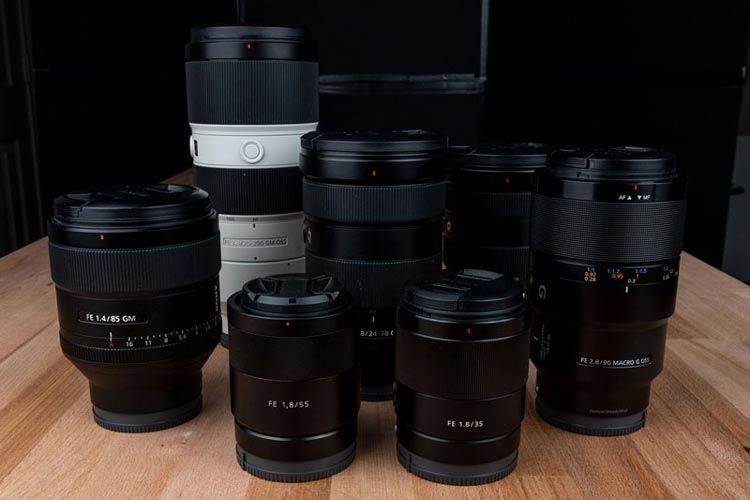
What lens do I use for portraits – Lens basics
Prime lenses are generally sharper than zoom lenses and can also go to wider apertures which is ideal for subject isolation and maximizing that bokeh or background blur.
Let’s look at a few terms first that you need to understand before choosing between a 35mm, 50mm or the 85mm lens.
What is a portrait lens?
A portrait lens is any lens used by a photographer to take photos of people as the main subject in a composition. You can have wide angle portraits or tighter telephoto portraits but the industry consensus is the best and most flattering focal lengths are between 60mm to 135mm.
Prime lenses with maximum apertures of f/1.4 to f/2.8 are considered the industry standard and include the 85mm, 105mm and 135mm focal lengths.
What is focal length?
The non-technical answer to this question is the field of view that a particular lens can capture. For example, a single human eye is roughly around the 22mm focal range according to Cambridgeincolour.com.
Both eyes combined are seeing closer to a 50mm field of view because you have two eyes that see simultaneously.
So, in terms of portrait lenses, a 35mm portrait lens will give you a wide field of view. You will be able to capture your subject and also the environment around them.
The smaller the number the wider the field of view.
An 85mm or a 105mm will give you a narrower field of view. Meaning if you stand the same distance away from your model and switch from a 35mm to an 85mm and you don’t move, you will have a closer and tighter photo of your subject.
In non-technical terms, the higher the focal length number the more “zoomed in” and closer the portrait will look.
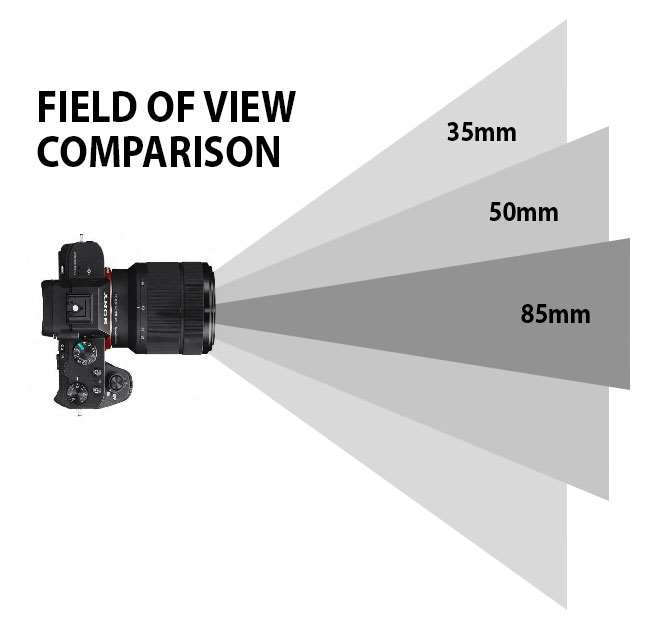
What is aperture?
Aperture is the opening in a lens from which light travels through. According to nikonusa.com the diaphragm of a lens opens and closes to allow more or less light into the sensor of your camera.
You change your lens aperture or f-stop to control the amount of light you want to hit the sensor.
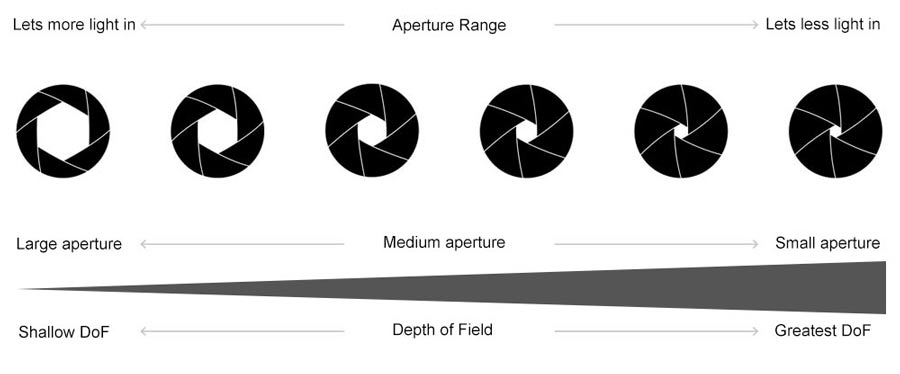
The smaller the aperture (f-stop) the wider the opening.
The larger the aperture (f-stop) the smaller the opening.
Aperture controls light hitting the sensor but also give a lens a limited depth of field for focusing. For non-technical creatives this means the amount of your scene that’s in focus.
Aperture plays a key role in separating your subjects and isolating them from the backgrounds.
The most desirable prime lenses have large apertures like f1.8 or f1.4 or wider.
What to look for in a portrait lens
The three things you want to look for in a portrait lens are aperture, focal length and price. Every camera bland have multiple versions of each prime lens but they vary in apertures and price.
You want to find a lens that fits your budget but also gives you a chance to stretch your creative muscles.
Now that you understand aperture and focal length, let’s get into the 3 most common prime lenses for portrait photography.
You’ll need to decide what style of portraits you want to shoot and this will help you pick a lens that is best for you.
Many professional photographers own all three of these lenses and refer to these as the “trinity” of lenses.
Don’t worry if your budget does not allow you to have all three. Let’s talk about what to expect from each lens and what you can achieve.
35mm Lens for Portraits
The 35mm focal length is a classic storytelling lens. This is the widest of these three prime lenses and also the most common focal range known to most photographers.
The 35mm has been used in street photography and film for years.
Let’s review some of the pros and cons of this lens and why it would be a good choice for your portrait photography.
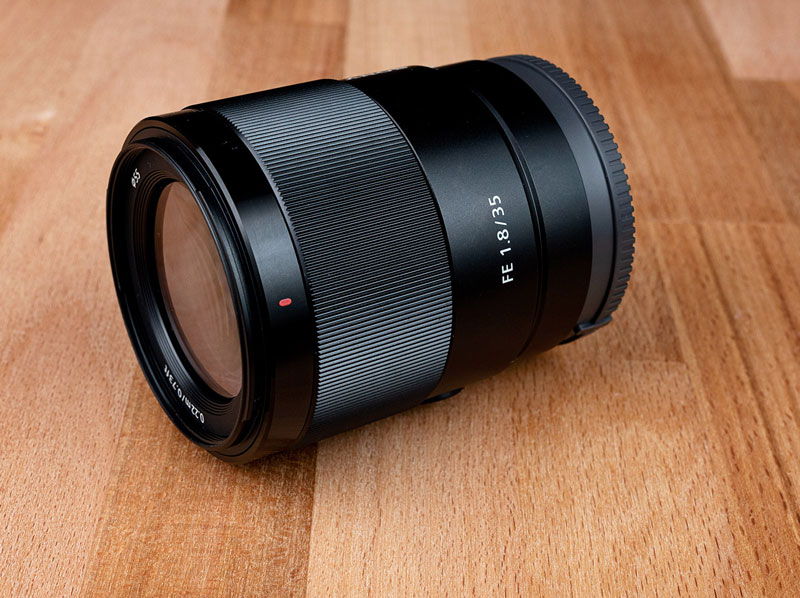
What is an 35mm lens good for?
A 35mm lens is ideal for capturing your subject and the environment around them.
The wide field of view lets you capture portraits of a model and the details of the scenes without having to be far away from your subject.
If you have limited space indoors and you don’t have the space to be further away from your subject, you might consider using the 35mm as well.
The 35mm is also ideal for shooting outdoors or in beautiful locations. If you’re looking for more of a lifestyle image, then the 35mm is a great choice for you.
Benefits of the 35mm Lens for Portraits
One of the key benefits of the 35mm lens is the ability to get more in frame for portraits. The wider 35mm focal length gives you a chance to get more in the shot without having to distance yourself from the subject.
Another benefit of the 35mm is you can use it for other types of photography as well. This focal length is good as a general walk around lens and travel lens.
Many of the 35mms on the market are also small and light weight allowing you to stay inconspicuous with your camera combo.
Problems with using a 35mm Lens for Portraits
The 35mm has many positive features, but you should also know about the downsides of using this focal length.
The 35mm is considered a wide-angle lens and this adherently comes with normal wide-angle problems when shooting portraits.
For example, you may get a fair amount of lens distortion depending on your distance from your model.
This lens can distort your subjects face if you stand too close and can distort the arms or legs that are closer to the edge of the frame.
It’s not meant to be a close-up lens so you’ll need to crop your photo in post-production to get a closer composition.
F1.4 aperture 35mm lenses tend to also be larger and heavier so keep this in mind when shopping for a lens. You may consider the f1.8 or f2.0 to save money and weight.
Why you should use a 35mm lens for portraits
- You want to take portraits of people but also capture more of the scene
- You have limited space in many of your locations and can’t back up
- You want a small light weight option to stay under the radar when out in public
35mm portrait samples – What does it look like
Here is a sample photo gallery using only a 35mm lens. The goal is to help you decide if this lens might be a good option for your work.
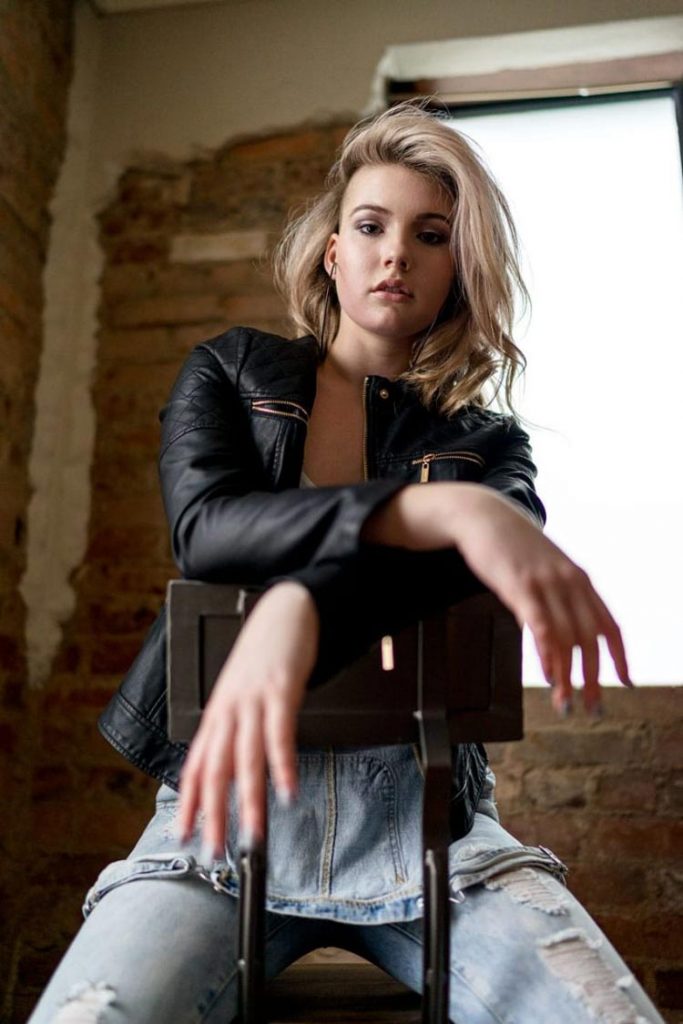

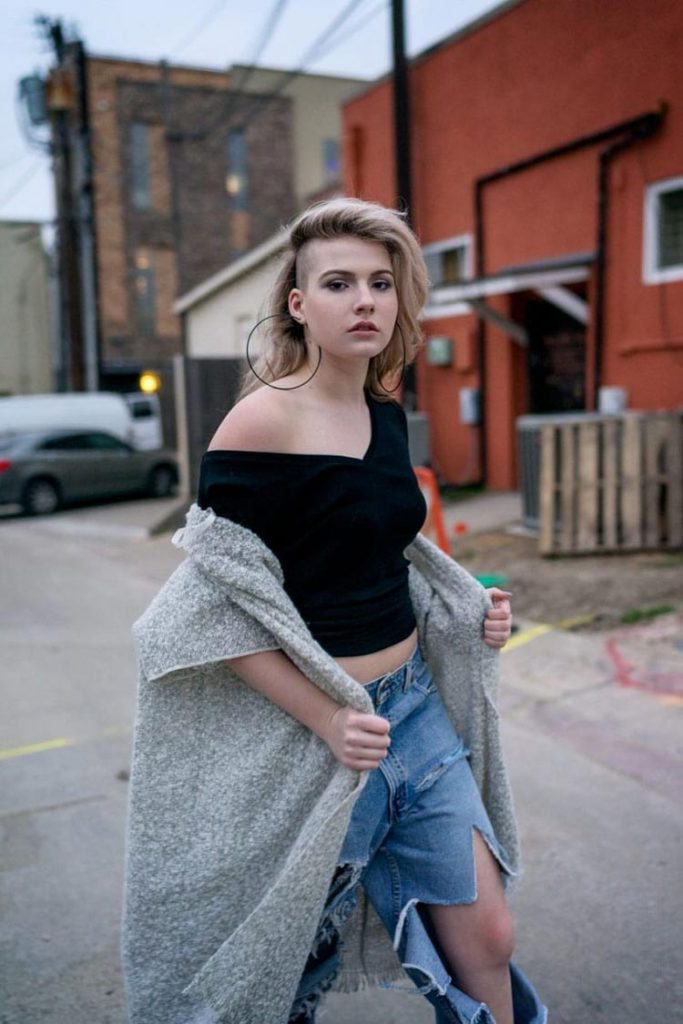
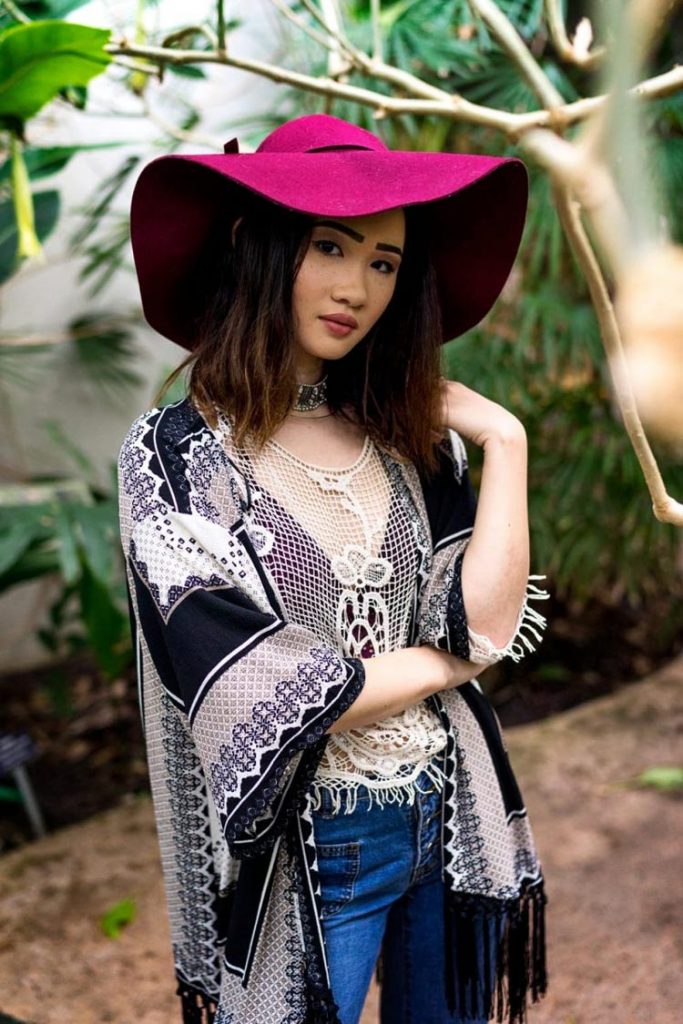

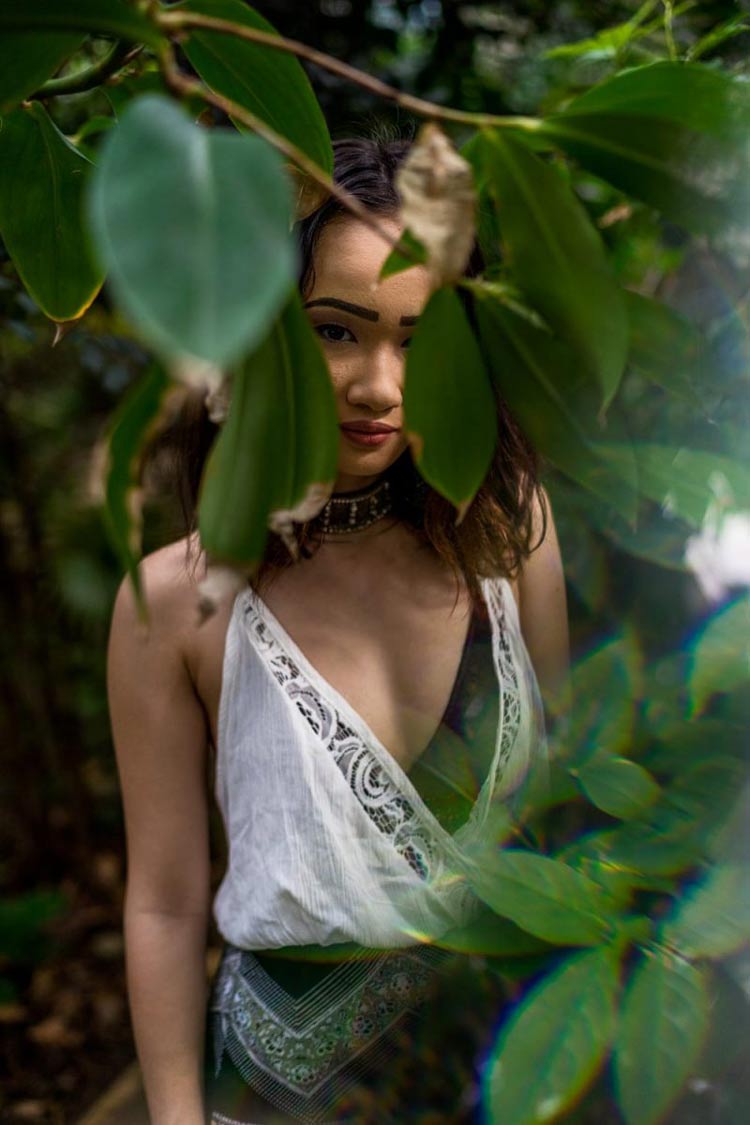
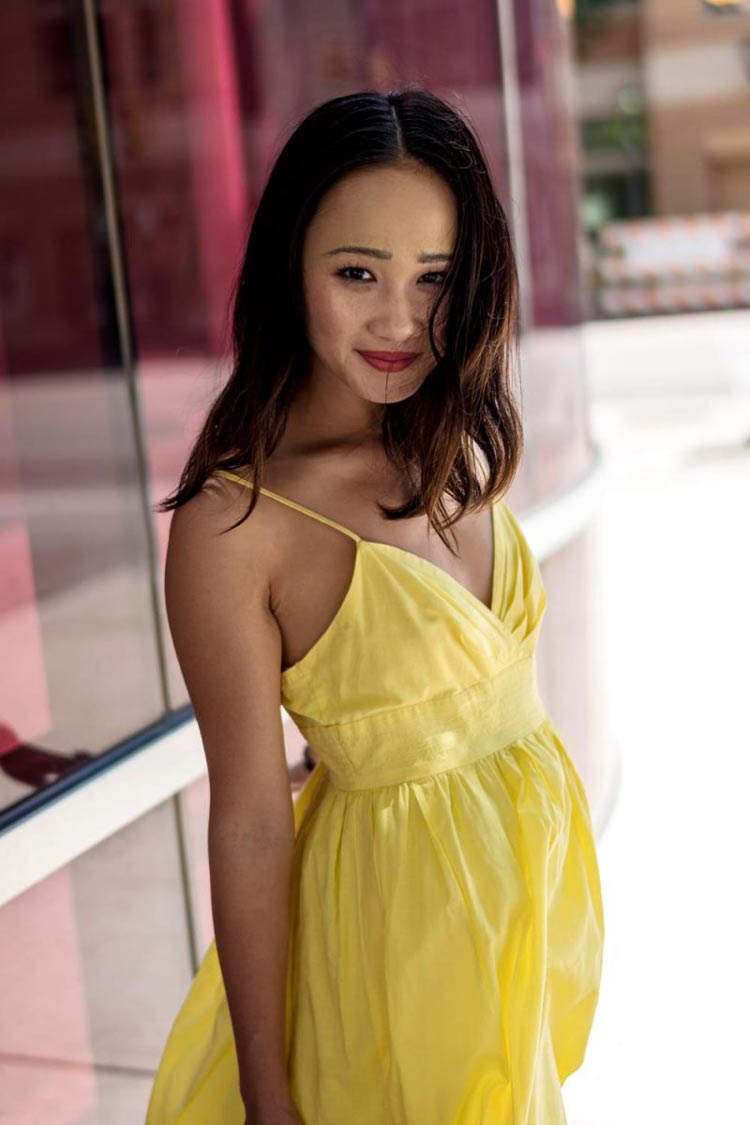
50mm Lens for Portraits
The 50mm lens is a solid choice between wide and telephoto primes and is also one of the most recommended lenses for beginner photographers.
The middle of the road versatility gives you maximum flexibility for shooting in small or large spaces.
This lens is perfect for getting mid-length portraits shots of models and other subjects. The Sony 55mm is one of my favorite portrait lenses and you can check out why here.
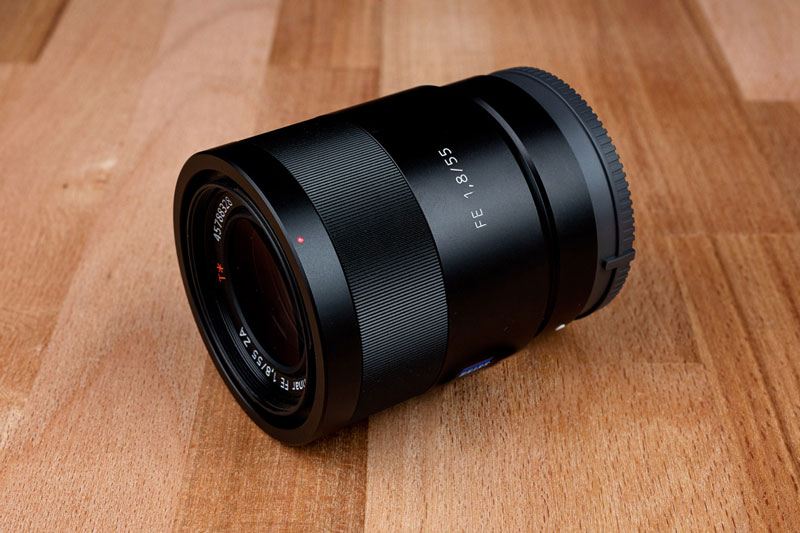
Benefits of the 50mm Lens for Portraits
The 50mm is a classic lens for beginner photographers. Every camera brand has budget friendly options of 50mm focal ranges and this can save you some money.
The flexibility of having a middle of the road lens make it easier to get different compositions without having to switch lenses.
The 50mm does have some slight distortion if you get too close to your model in the composition but this can be easily fixed in post-processing. It is less than a 35mm and looks more natural in your final images.
What is a 50mm lens good for?
The 50mm focal range is a good lens for everyday portrait photography. The lens options include light weight and small bodies and can easily fit in your backpack or small camera bag.
The lens is a good option for lifestyle portraits and also outdoor portrait photography. The f1.8 versions of this lens are relatively budget friendly so you can maximize bokeh in your portraits with these options.
The 50mm is such a common lens, that you can find good deals on used versions on the second-hand market making it easier to get a used copy.
Problems with using a 50mm for portraits
Some photographers might say the 50mm focal range is just a “normal” range. The images come out boring and not too dramatic like with a 35mm.
You can’t get as much details as the closer 85mm so you are kind of stuck in the middle of both these other options.
Some camera brands do have large 50mm prime lenses like the Sony 50mm f1.4 lens and these can be heavy for shooting long periods of time.
Other than that, there are not too many issues you will run into with the good ole nifty fifty lens.
Why you should use a 50mm lens for portraits
- Flexibility to get close and wide shots
- You don’t need much space to shoot portraits
- Relatively cheaper options for all camera brands
- Closest to human eye field of view
50mm portrait samples – What does it look like
Please note: These samples are with the Sony 55mm f1.8. This was the closest I had to the 50mm focal length. Still a greta nifty-fifty (five)

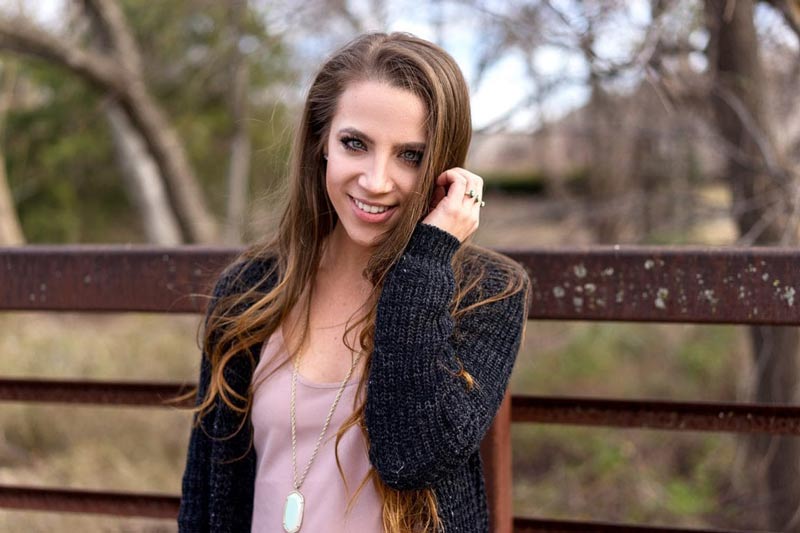
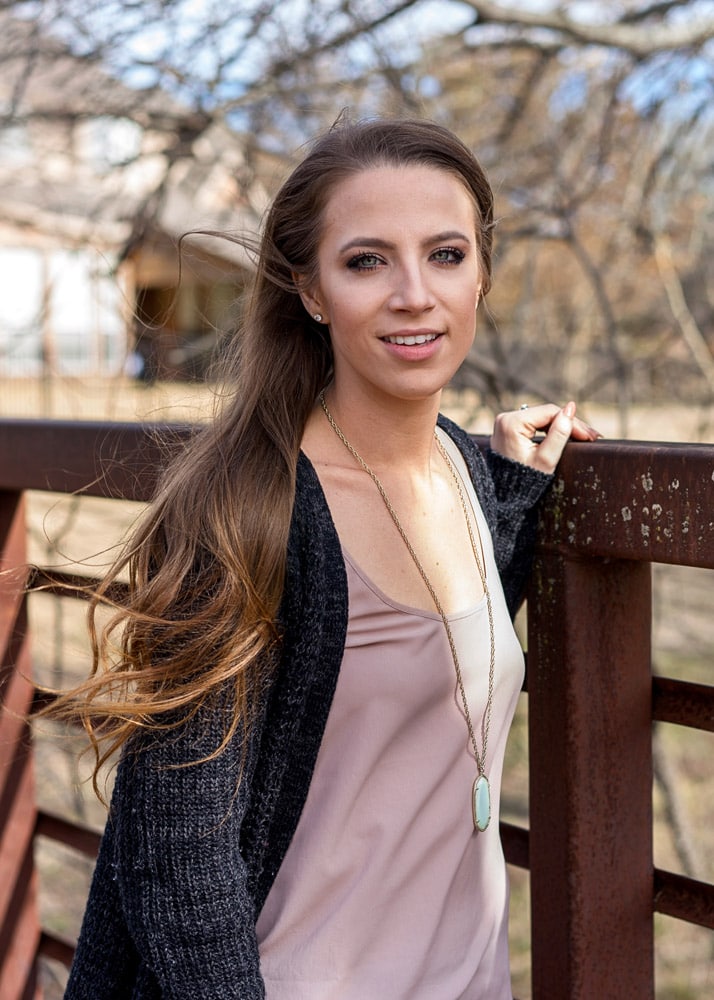
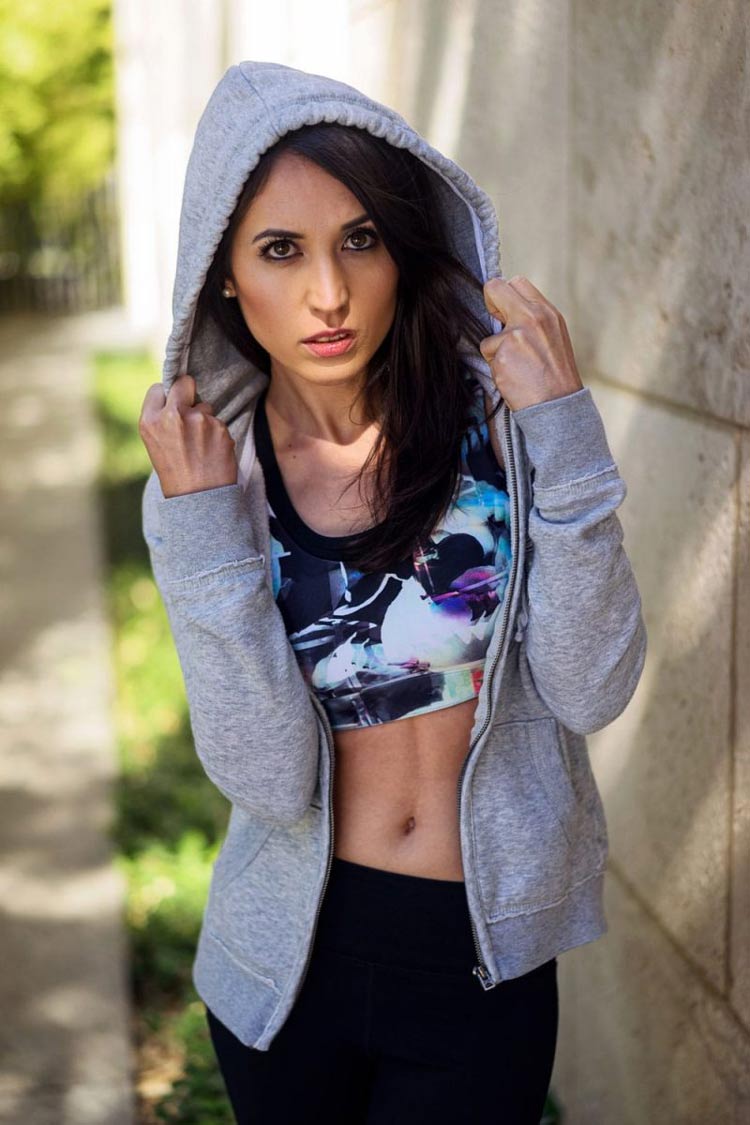

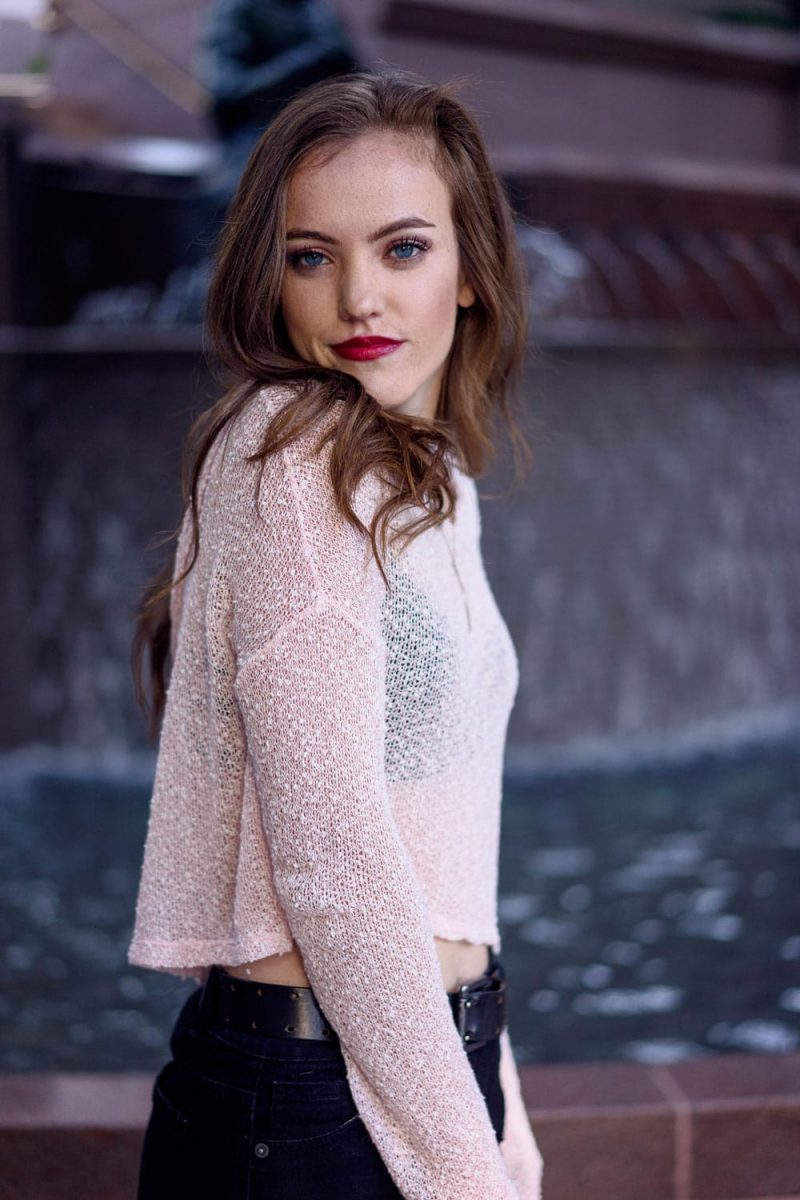
85mm Lens for Portraits
The 85mm is a classic focal length for shooting portraits. The lens allows you to capture close-up details in your portraits and minimizes distortion of your subjects face and body.
Many photographers in the industry agree that this classic prime lens is a must-have in any portrait photographer’s camera bag.
The lens is good for outdoor and studio portraits so it will give you the versatility to shoot in multiple locations.
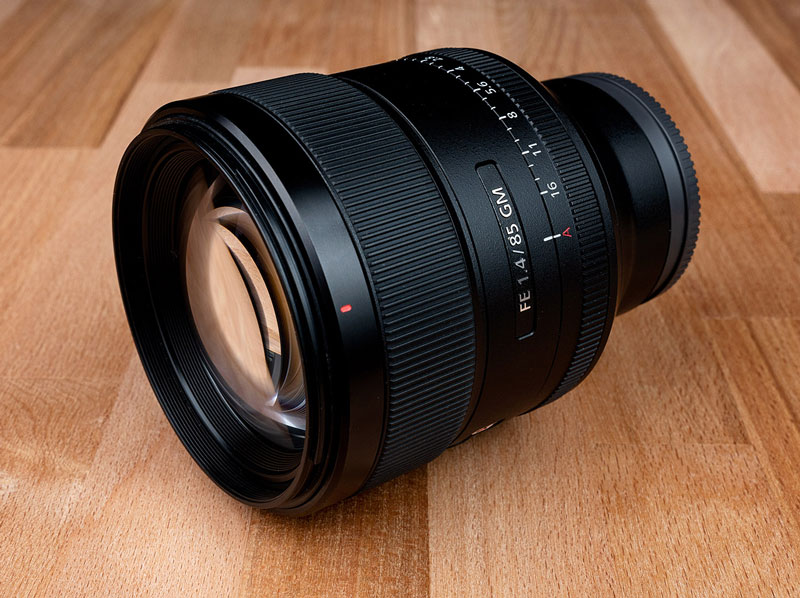
Benefits of the 85mm Lens for Portraits
Some of the benefits of using an 85mm include sharp details, subject isolation and maximizing bokeh (background blur).
If you have a model wearing small detailed jewelry or is fitted with detailed garments then the 85mm is a great option to capture these details.
Also, shooting wide open with an 85mm at apertures like f1.4 or f1.8 will give you maximum depth of field and make your subject pop off the background.
When shooting wide open you’re also maximizing bokeh in your portraits which give your photos a nice soft touch.
What is an 85mm lens good for?
The 85mm is the gold “standard” for portraits. It allows for minimal to no distortion of your subject and you can get high amounts of details in your images.
The 85mm is a pretty common studio lens for these reasons. Many photographers like to get close up detailed shots not just of people, but of products as well.
Problems with using an 85mm for portraits
The biggest problem with 85mm lenses is normally the weight, price and space they require for portraits. Larger aperture 85mm lenses such as f1.4 can be larger and heavier lenses and also can cost way more.
For example, the difference between the Sony 85mm f1.8 and the Sony 85mm f1.4 lens is pretty big.
- Sony 85mm f1.8 = 0.82 lbs / 371 g
- Sony 85mm f1.4 = 1.8 lbs / 820 g
This can make a big difference when you are holding up the lens for a long period of time.
Next, the tighter field of view requires more space to backup so you can take full-body shots. If you have a small studio then you might not have the space to get these types of portraits.
Finally, the price of the lenses varies widely based on apertures and other features. For example, check out the pricing for the lenses below:
- Sony 85mm f1.8 = $549.99
- Sony 85mm f1.4 = $1,799.99
Make sure to do your research and check out your camera brand for all options and even consider third party lens options that may be more budget friendly.
85mm portrait samples – What does it look like
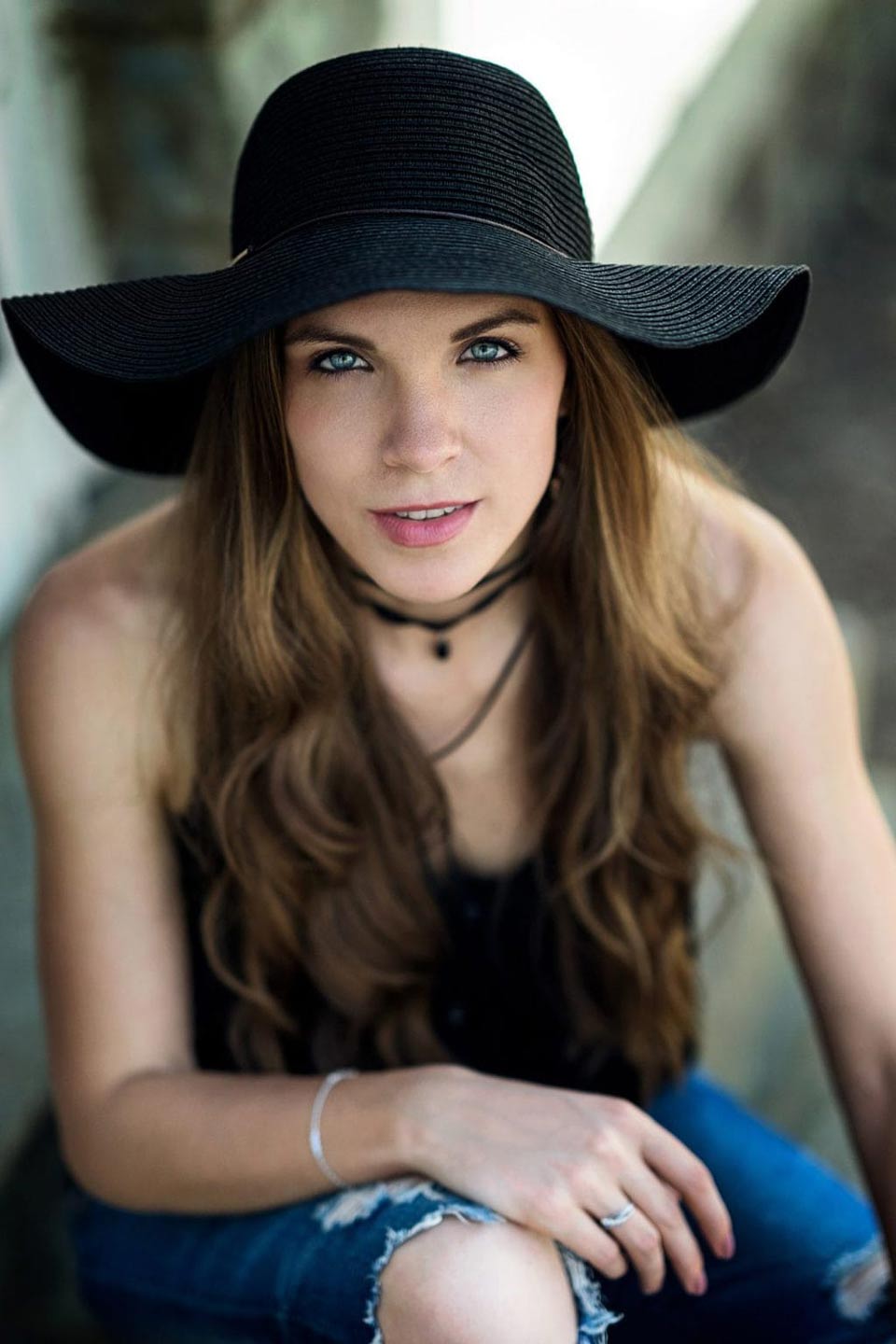
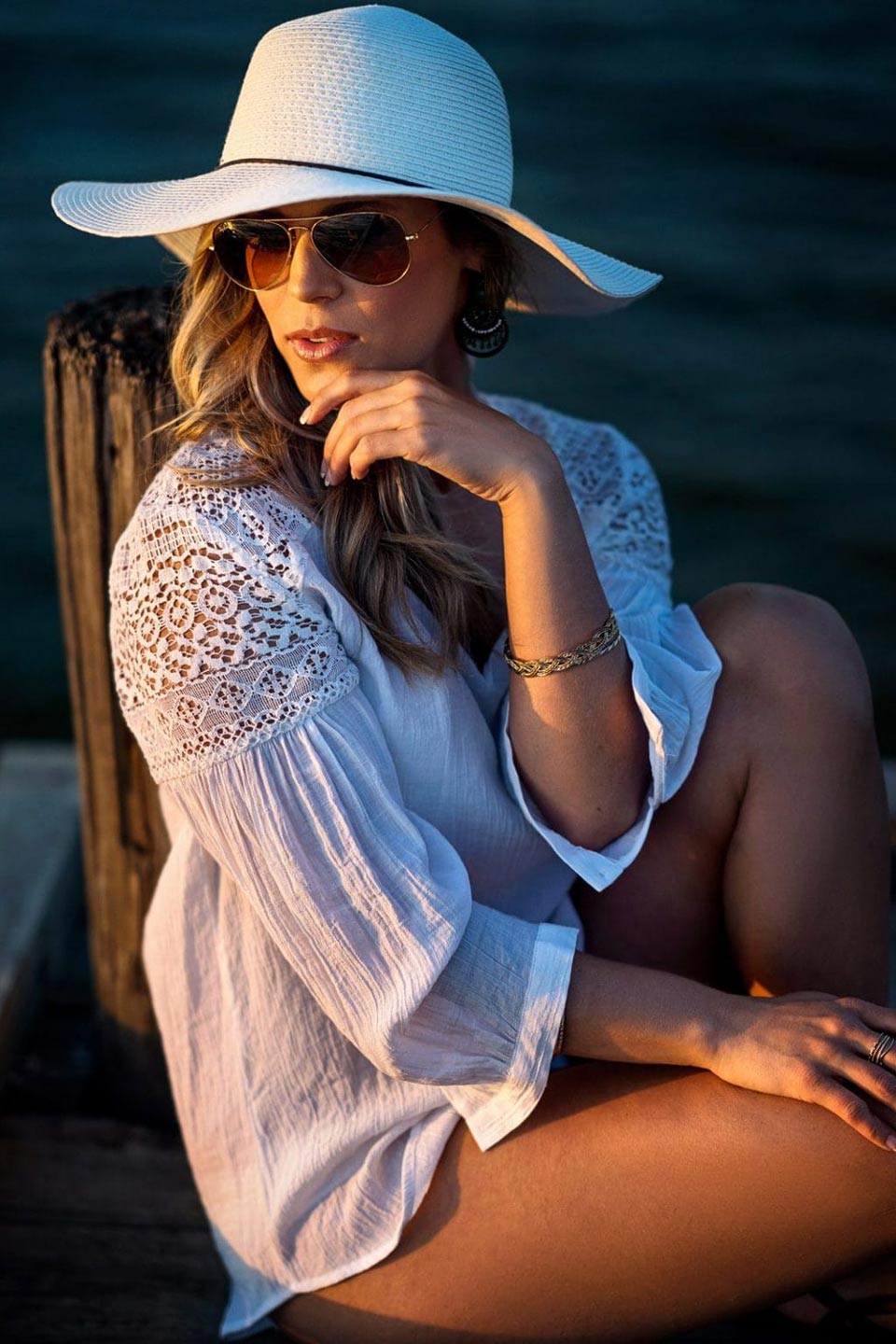
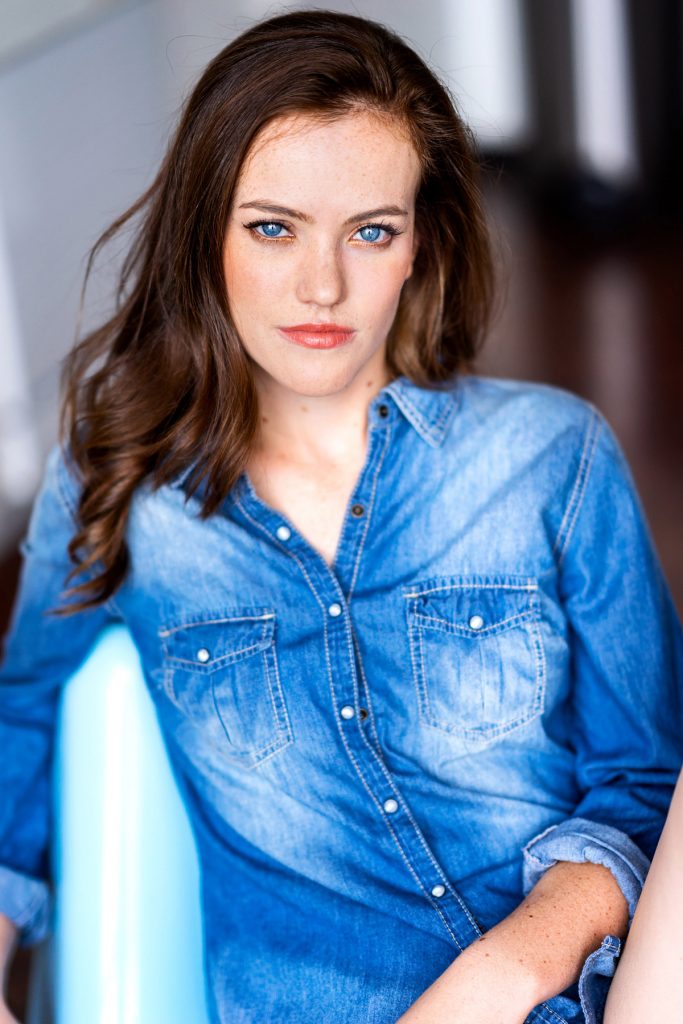
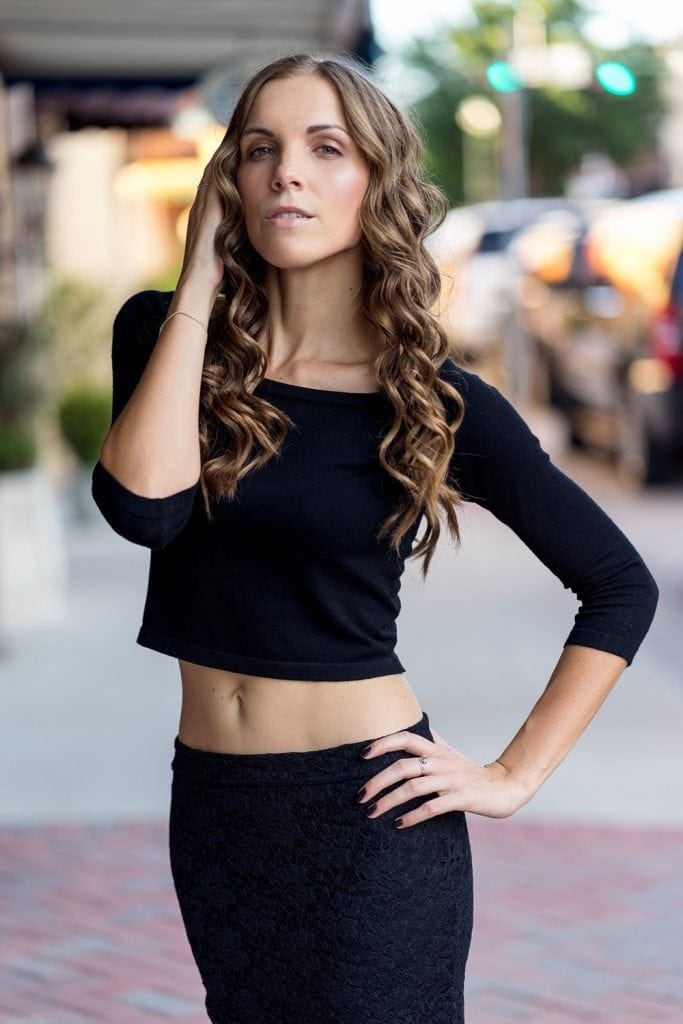
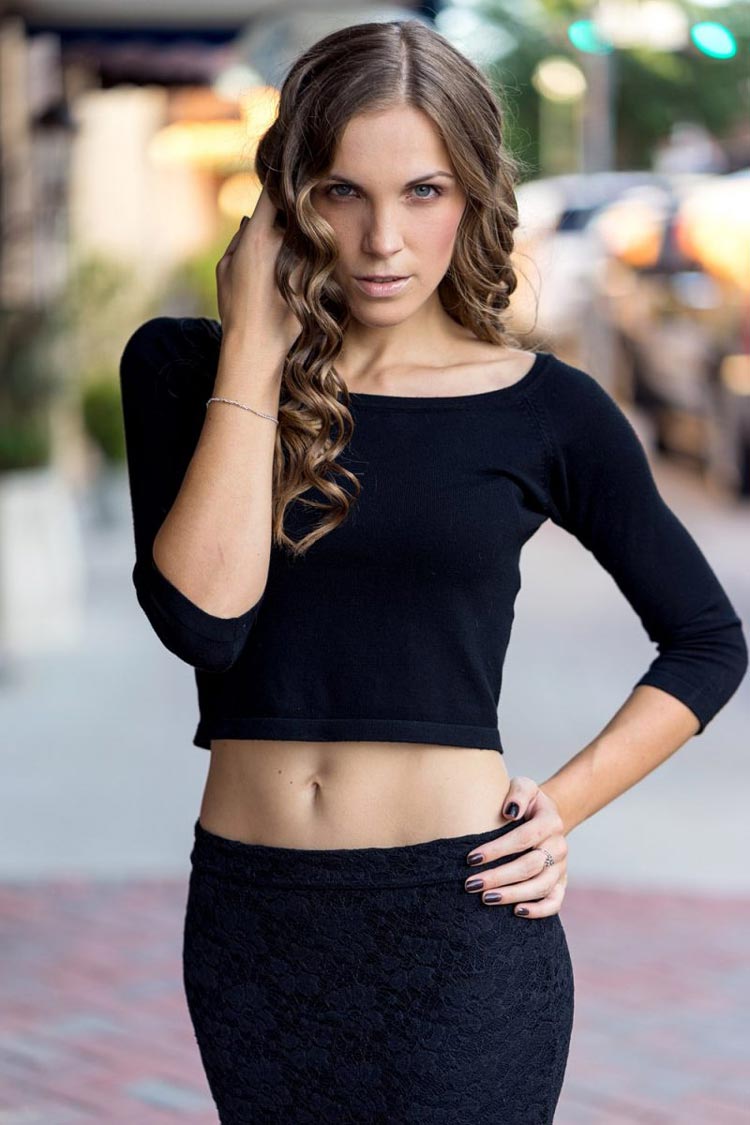
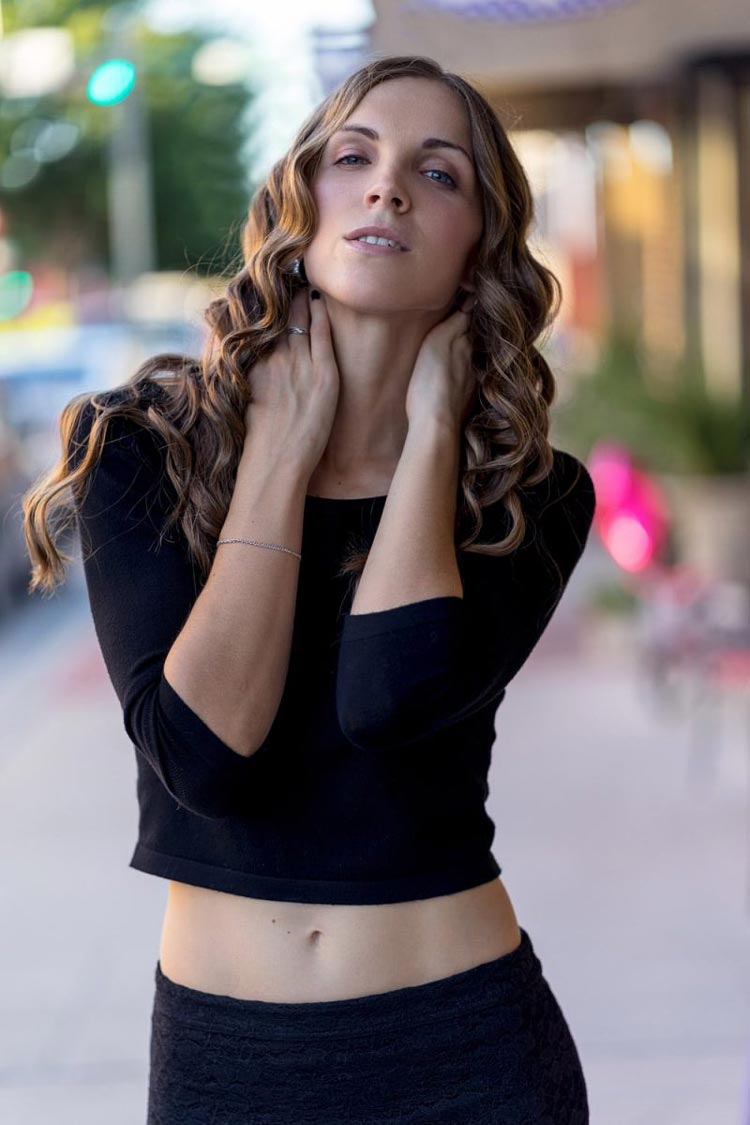
Why you should use an 85mm lens for portraits
- You want to take portraits close up details of your subject
- You have space to backup for full body portrait shots
- You want to maximize bokeh and subject isolation (more bokeh)
Types of shots and the best lens – Visual Chart
Below is a quick sample of photos you might be taking with your lenses. I chose or most common lens used for each type of shot.
You can use all three but there are some focal lengths that are not ideal for all types of shots.
[wptb id=3587]What’s the biggest difference between the 35mm, 50mm, and 85mm
The biggest difference in the 35mm, 50mm and 85mm will be the focal range. The 35mm is the widest of all three, while the 85mm is the most telephoto and will get you the closest details. The 50mm fits right in the middle and is a great all-around lens.
The price varies widely with each lens and depending on aperture the price can get higher than your camera body.
What lens do professional photographers use for portraits?
Based on research and online study I have come to the conclusion that a majority of portrait photographers will own either the 85mm or the 50mm. The 35mm lens is too wide and is not an industry standard for portraits.
This does not mean you can’t use focal lengths outside these options, it just means that the photography industry leans more towards telephoto style lenses.

What’s the difference between prime lenses and zoom lenses?
A prime lens is a single focal length, while a zoom lens has a focal range. For example, a 24-70mm can zoom from 24mm to 70mm.
Zoom lenses can give you flexibility to stay in a single location but get multiple compositions by zooming in and out.
With prime lenses you are not able to zoom so you will need to physically move to get your next composition.
Many photographers would argue that prime lenses are also much sharper than zoom lenses with the same focal length.
I always check DXOmark.com for updated lens tests and to see how a lens performs on certain cameras. I highly recommend you check them out.
They are a good industry resource for lenses and camera gear.
Next, prime lenses can open wider than their zoom counter parts. For example, a 35mm f1.4 prime lens can open wider than a 24-70mm f2.8 max aperture zoom lens.
You will only be able to open to an f2.8 on the zoom.
The last major difference will be price. Pricing varies widely depending on quality and built and also aperture so do some research and see what lenses fit your budget best.
In my experience, zoom lenses are more expensive than prime lenses, but they also give you more flexibility and come with a few more features.
Drawbacks to using prime lenses
The biggest draw back with prime lenses is having to switch lenses to get different styles of shots. With prime lenses, there is no one size fits all and this can be limiting.
This is why many people eventually switch to zoom lenses after they have tried primes. Normally event and wedding photographers will have both types of lenses to help them cover all their needs.
If you’re strictly a portrait photographer, you might start with a single good quality prime lens and then build your lens collection as you need in the future.
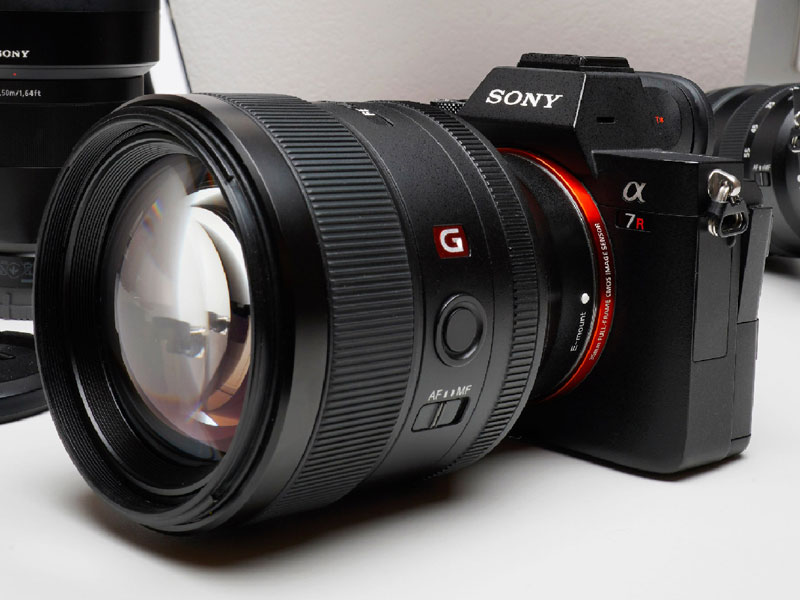
What is the most popular portrait lens – The 85mm lens
The most popular portrait lens is the 85mm. This focal length gives you maximum details and subject isolation while also giving you smooth bokeh and background blur.
If your goal is only to take portraits, then I would start with this lens. You can shoot other types of photography as well, but you will be limited to the telephoto range of the 85mm.
Which lens is the least popular portrait lens – The 35mm lens (sort of)
The least popular portrait lens would have to be the 35mm. the distortion is not popular amount portrait photographers, but it is still a common focal length used by many.
As long as you stay back far enough from your subject you will minimize distortion and also get more of the environment in the background.
Some professional photographers would prefer to limit the amount of backgrounds showing to this is not a lens for them.
If you could only have one portrait lens – The 50mm lens
The nifty-fifty lens is the best of both worlds. It is a good middle ground between the 35mm and the 85mm. It is a common focal length so you can find many options including third-party budget options for this focal length.
You can get semi-close portrait shots and also wide shots easier with this lens then the other 2 focal lengths.
This is why the 50mm is so highly recommended to beginner photographers. It is versatile and easy to learn.
What’s my favorite Portrait Lens? – The Sony 55mm f1.8 FE Zeiss
The Sony 55mm is my favorite lens. Hands down. Mic drop.
This lens is highly rated, and very sharp. It is small and light weight and allows me to shoot one handed when paired with my Sony a7riii mirrorless camera.
[wptb id=5350]
The majority of my portrait photography portfolio is built with images from the Sony 55mm f1.8 lens.
[wptb id=5294]
You can find a used copy of this lens on the second-hand market for around $700 and this is worth the price.
It has an amazing value and is perfect for beginner photographers.
Best beginner portrait lens
The best beginner portrait lens is the one you have with you.
Every photographer has a different style and your unique shooting location and details will heavily influence the focal length you use for your portraits.
That may not be the answer you are looking for, but it is the best answer I can give you. Only you can decide what lens is best for your style.
Rent prime lenses first
If you’re on the fence about what lenses to buy, then I recommend you renting gear online first. I’ve written a detailed article which explains why I recommend renting first before investing in new gear.
Conclusion – 35mm vs 50mm vs 85mm
DO NOT feel like you have to own all three lenses from this lineup. Each has quality benefits and downsides that you will learn as you practice and study each new piece of gear.
Investing in one really good lens will help you with higher quality photos over your kit lens and I have no doubt will allow you to grow as a portrait photographer.
[wptb id=3129]

